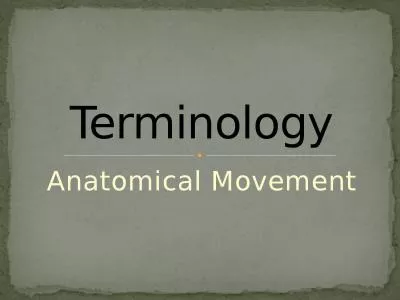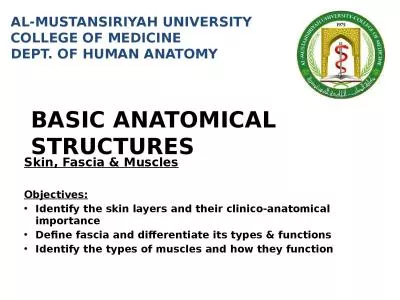PPT-T. Mollasharifi Anatomical & Clinical Pathologist
Author : dora | Published Date : 2022-06-28
Assistant Professor SBMU اسلاید عملی 8 Prostatic hyperplasia June 14 2020 2 Sample footer Benign prostatic hyperplasia BPH benign enlargement of the prostate
Presentation Embed Code
Download Presentation
Download Presentation The PPT/PDF document "T. Mollasharifi Anatomical & Clin..." is the property of its rightful owner. Permission is granted to download and print the materials on this website for personal, non-commercial use only, and to display it on your personal computer provided you do not modify the materials and that you retain all copyright notices contained in the materials. By downloading content from our website, you accept the terms of this agreement.
T. Mollasharifi Anatomical & Clinical Pathologist: Transcript
Download Rules Of Document
"T. Mollasharifi Anatomical & Clinical Pathologist"The content belongs to its owner. You may download and print it for personal use, without modification, and keep all copyright notices. By downloading, you agree to these terms.
Related Documents


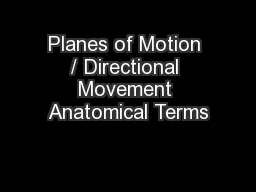
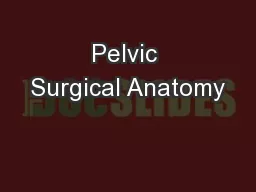

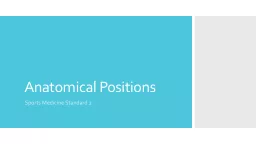

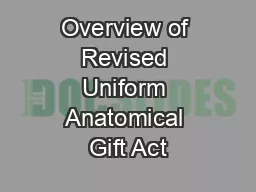

![[EPUB] - Diseases & Disorders: The World\'s Best Anatomical Charts (The World\'s Best](https://thumbs.docslides.com/902636/epub-diseases-disorders-the-world-s-best-anatomical-charts-the-world-s-best-anatomical-chart-series.jpg)
![[READ] - Diseases & Disorders: The World\'s Best Anatomical Charts (The World\'s Best](https://thumbs.docslides.com/905549/read-diseases-disorders-the-world-s-best-anatomical-charts-the-world-s-best-anatomical-chart-series.jpg)


